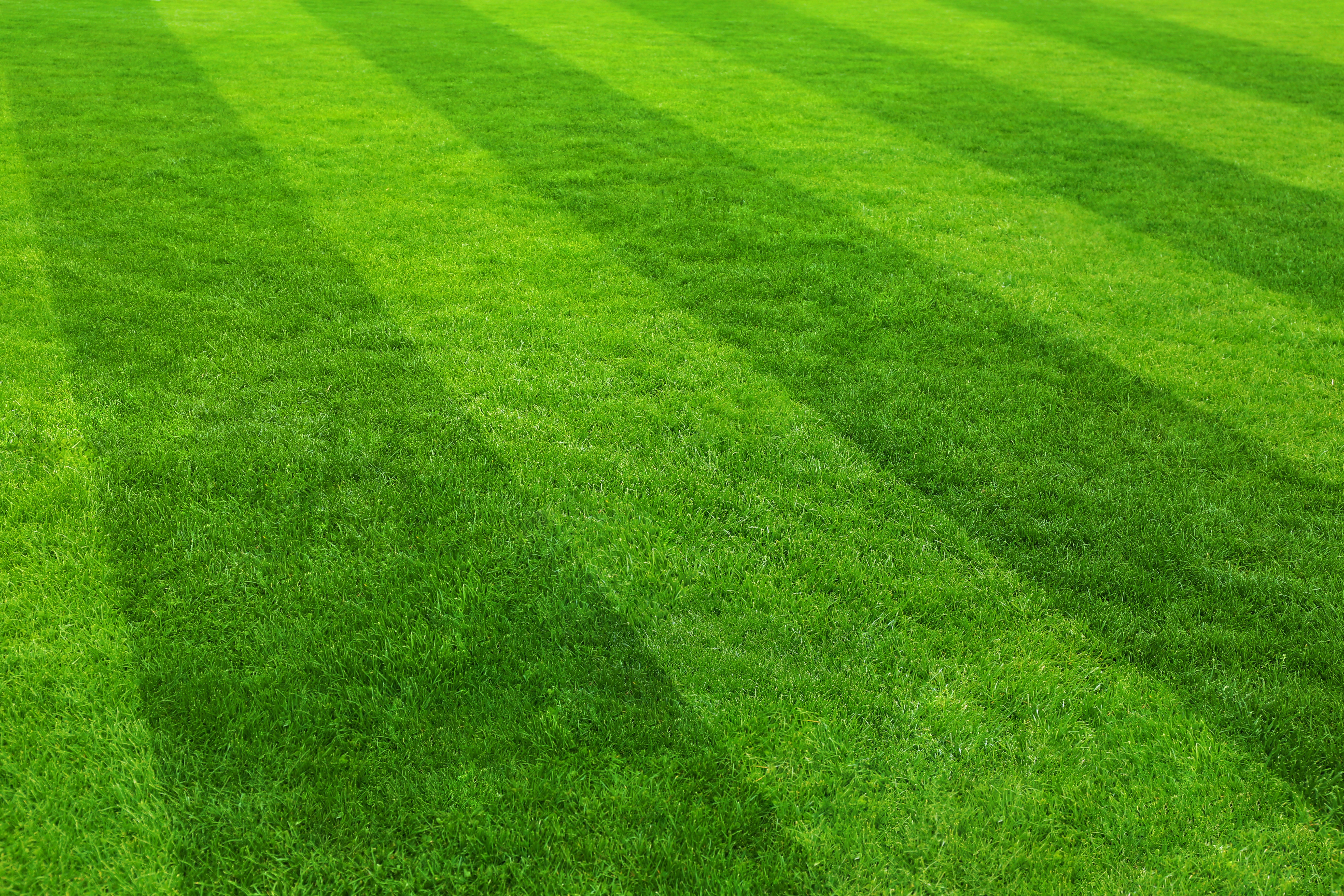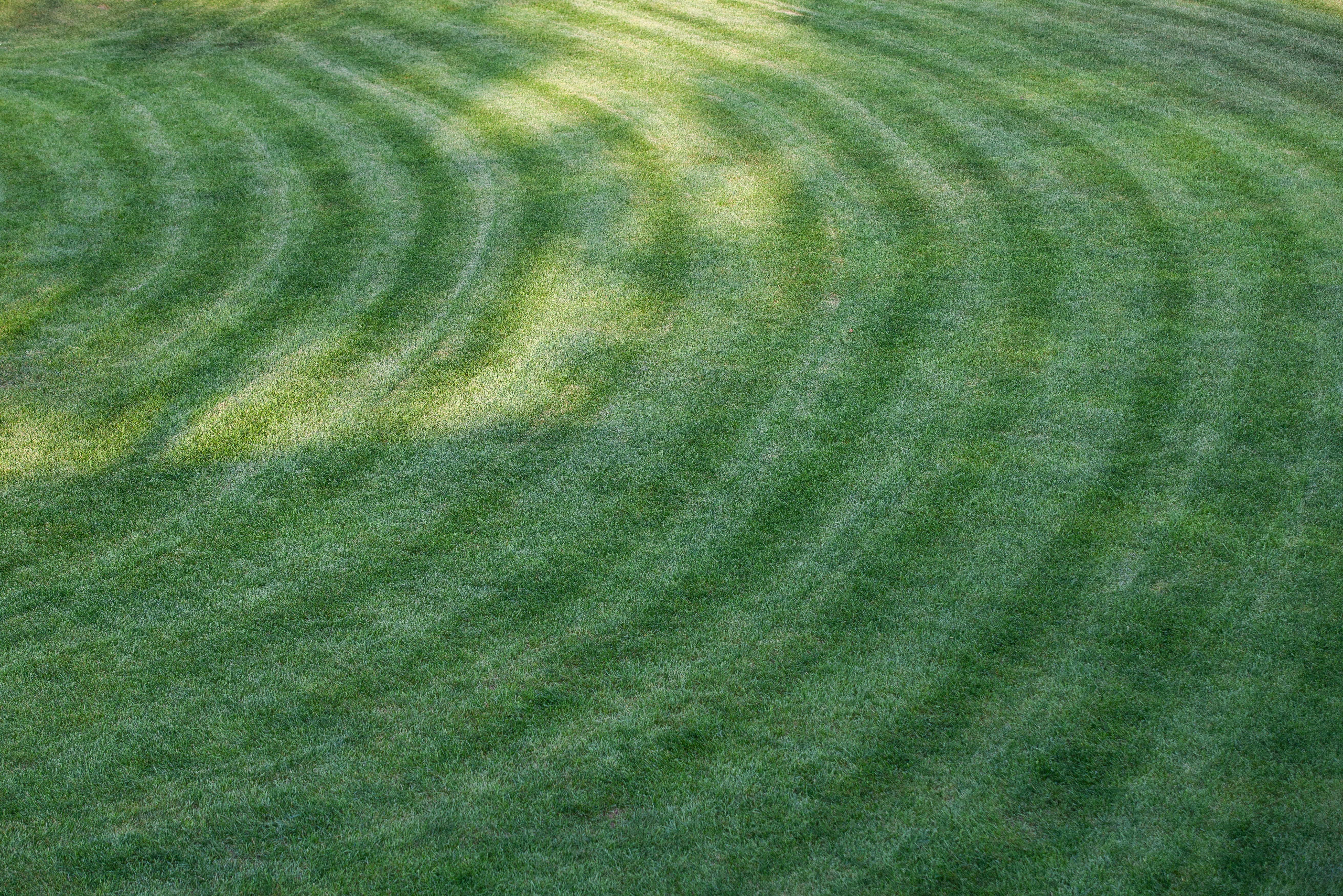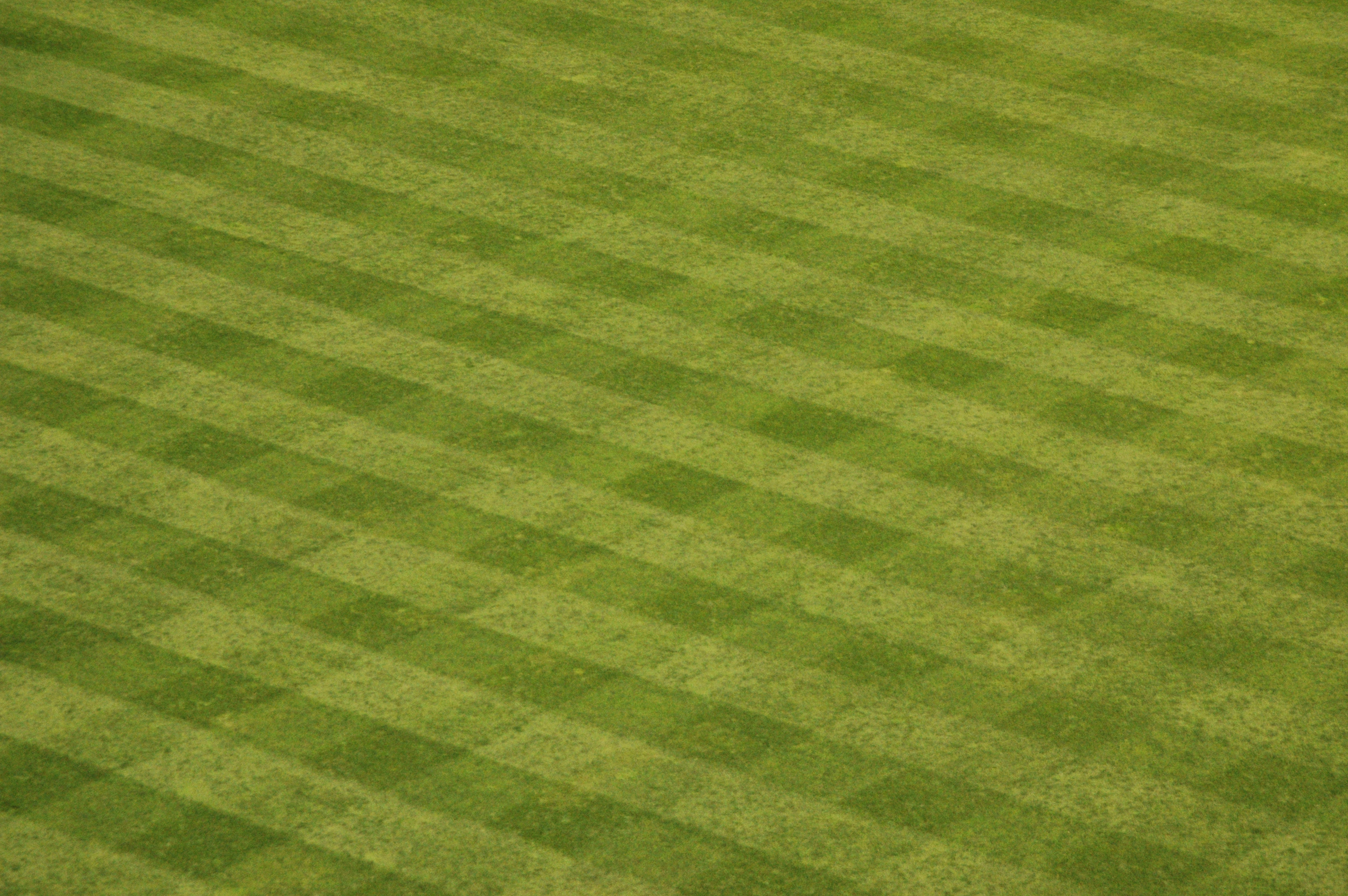4 Mowing Patterns for Your Lawn
Lawn-mowing is possibly the most time-consuming and aggravating lawn care activity you can do regularly. For some people, it can be relaxing but for others, it can be a hassle. Either way, it needs to be done, because mowing your lawn creates nutrition for the soil, keeps it fertile, and decreases the chance of weeds. But did you know that there are mowing patterns you can cut your grass into without help? You don’t have to be a professional to add a mowing pattern to your lawn.
There are several different patterns that you can cut your grass in. It doesn’t have to be a boring chore, and if you enjoy it, you can add more fun to it too. No more mowing the lawn at any angle just so you can get the last patch of grass. Here are some mowing patterns you can use to enjoy lawn-mowing and make your lawn look amazing!
Mowing Patterns for Your Lawn
Regardless of the mowing pattern, you want to mow a parameter around your lawn so you always know its border. It helps guide you when you need to turn around and find the next place to go.
Also, multiple patterns use stripes and rows. In any case, you want them to overlap at their edges. If you don’t, you risk missing patches of grass, and that will lead to the compaction of your soil. Neither is good, and they both tend to ruin the soil under your lawn.
1. Stripes

This is a classic, mowing pattern. It’s probably the most popular, considering it's one you see on many sports fields. If you’ve ever been to a baseball or football game, the field might have been cut into rows of stripes. The darker stripes are the grass blades that were cut coming towards you. You’re looking at the tips and the grass in the shadows, where the lighter stripes are the grass blades cut away from you.
To get this pattern, you want to mow in straight rows, avoid sharp turns where you can, and overlap the rows a little bit. Don’t worry about going over the same grass. Your lawn mower’s blades should be the same height throughout your mowing process. This means you won’t overcut your grass, save for a few bumps in the ground.
You also don’t always have to go left and right, or perpendicular. This pattern is versatile, you can have a diagonal pattern, up and down, and left and right.
2. Circles

If you want a bit of a challenge, you can try mowing your lawn in a circular pattern. You can start from the center of your lawn, and mow in a circle out, or start from the outside, and circle in. The idea is to overlap the grass as you go. The more times you do this, the better you’ll get at making an even pattern, needing to overlap your circular rows less and less.
This pattern is easier if you have something like a tree or some other focal point to start and end around. We recommend starting from the outside in, so you understand the limits before starting from the center and moving out.
3. Curves

This is the easiest pattern and offers the most creative freedom. The only thing that defines curves is that there are curves and rows. You can mow your lawn in any random pattern, but as long as you mow it in rows that follow the same pattern, you have curves.
The most common type is smooth waves. Once you make the first wave, you want to follow it like a guide, doing your best to overlap with the mower around the same amount. When you’re turning around, make sure you’re consistent and don’t turn too sharply. This is more important with curves than stripes depending on the kind of pattern you made.
4. Checkerboard

This is the other classic mowing pattern you might see at a sports game, especially baseball. The grass blades bend in opposite directions as you mow over them multiple times. That’s how you get these varying degrees of looking darker and lighter across the field.
What you want to do is mow the entire lawn in straight rows all in one direction. Then you want to stop mowing, going around the outside, and mowing the entire lawn in straight lines in a direction that’s 90 degrees different from the original. This will create the checkerboard effect. Then mow around the law to even out the edges. This is especially important for a checkerboard pattern which can leave the end of the rows looking off and strange.
Contact Pioneer Landscape Centers for Lawn Materials
When you’re mowing something as simple as straight lines, you may still make a mistake that causes the soil to compact or lose its nutrients. When the ground compacts and you try to mow it again, you may accidentally pull up some grass and leave holes in your lawn.
If you ever accidentally damage your lawn, Pioneer Landscape Centers has the materials you need to repair your lawn. We’ll do our best to make sure you can’t see any holes with dirt. You can use Fill dirt or B-top to plug the holes, after laying down new topsoil to replace what compacted.
When you mow a pattern into your lawn, you want it to look nice. Contact our experts, and we’ll help make sure your lawn looks its best.
